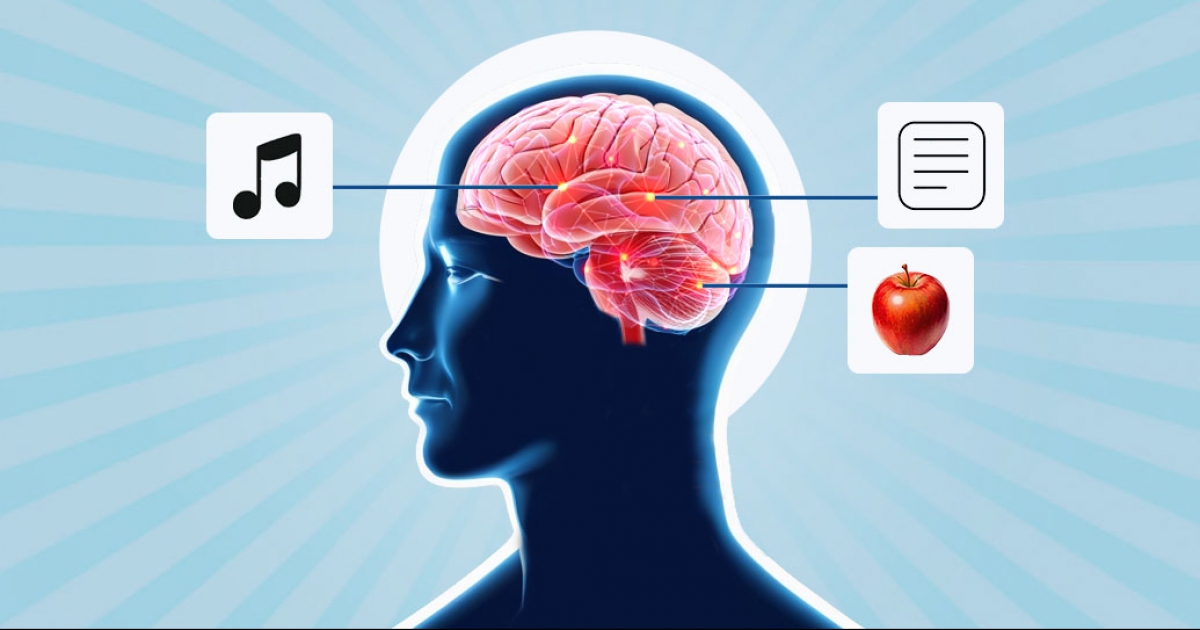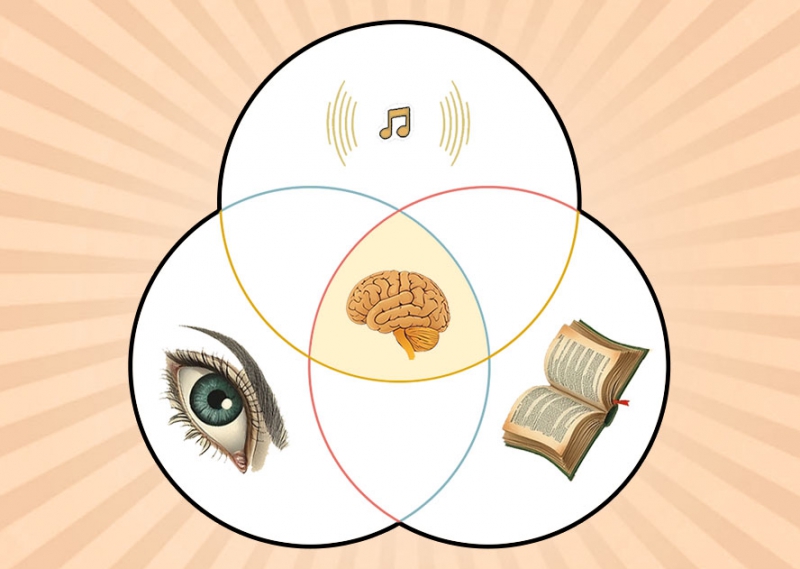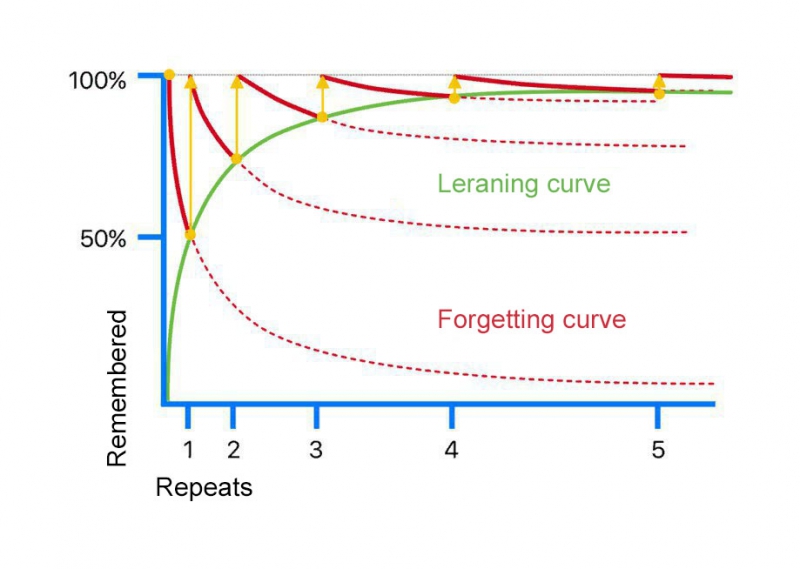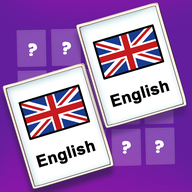Japanese vocabulary
Learning Japanese vocabulary represents one of the most challenging aspects of language acquisition. The average Japanese speaker knows approximately 50,000 words, but research from frequency analysis demonstrates that mastering just 1,500 common words provides comprehension of 80% of everyday Japanese communication. For absolute beginners at CEFR levels A1-A2, the path begins even more simply with 320 carefully selected foundational words organized by thematic context.
- The neuroscience behind effective vocabulary retention
- Why traditional vocabulary study falls short
- Thematic organization
- The 320-word foundation
- Multi-sensory integration
- Progressive challenge
- Motivational architecture
- Attention networks
- Complementing traditional learning methods
- Practical implementation
- Learning flexibility
- Pricing structure
- Integration
- Learning strategies
- Cultural context
- Measuring progress
- Beyond vocabulary
- Frequently asked questions
The neuroscience behind effective vocabulary retention
Modern language acquisition research has identified specific cognitive mechanisms that determine how successfully learners retain foreign vocabulary. A 2024 Washington University study on second language vocabulary learning examined the three-component model: L1 item memory (native language recognition), L2 item memory (target language recognition), and L1-L2 associative memory (the critical link between the two). The research confirmed that associative memory formation—the brain's ability to create connections between visual, auditory, and semantic information—plays the decisive role in long-term retention. Associative memory operates through neural networks where multiple sensory inputs converge. When learners encounter a new Japanese word, their brains process the visual appearance (kanji or kana), the auditory pronunciation, the semantic meaning, and contextual usage simultaneously. The Salk Institute's research on visual processing demonstrated that sensory neurons exhibit remarkable plasticity, with associative learning occurring even at early stages of information processing rather than exclusively in higher cognitive centers. This discovery explains why multi-sensory learning approaches consistently outperform single-channel methods.
Why traditional vocabulary study falls short
Most language learners approach Japanese vocabulary through linear textbook progression or random flashcard sequences. This methodology ignores three critical factors identified in cognitive psychology research. First, the spacing effect demonstrates that distributed practice over time produces superior retention compared to massed practice. Second, the testing effect shows that active retrieval strengthens memory traces more effectively than passive review. Third, contextual variation—encountering words in multiple thematic situations—builds flexible rather than rigid knowledge structures. Traditional methods also neglect individual learning style differences. Educational psychology recognizes three primary information perception channels: visual (learning through images and text), auditory (learning through sounds and spoken language), and kinesthetic (learning through physical interaction). Research on perceptual learning styles indicates that optimal retention occurs when educational materials simultaneously engage multiple channels rather than relying on a single modality.The science of thematic organization
Cognitive load theory explains why thematic clustering improves vocabulary acquisition. When words share semantic relationships—such as grouping all food-related terms together—the brain encodes them within the same neural network, reducing the cognitive effort required for retrieval. A learner who studies "apple" and "banana" together creates associative links that don't exist when these words appear randomly separated by unrelated vocabulary. Thematic organization also mirrors natural language acquisition patterns. Children learn their native language not through alphabetical lists but through situational contexts: kitchen vocabulary at mealtimes, animal names during zoo visits, color words while drawing. This contextual embedding provides automatic mnemonic devices where the theme itself serves as a retrieval cue.Building blocks and the 320-word foundation

Multi-sensory integration and how the brain learns languages
Educational neuroscience research identifies four distinct memory systems relevant to language learning: visual memory (processing written forms), auditory memory (processing sounds), verbal-linguistic memory (processing meanings), and procedural memory (processing patterns and rules). When all four systems activate simultaneously during learning, the resulting memory traces demonstrate significantly greater strength and durability.
The role of progressive challenge in retention
Difficulty progression represents another critical factor in effective vocabulary learning. Educational psychology research on the zone of proximal development indicates that optimal learning occurs when tasks present challenges slightly beyond current ability—difficult enough to require effort but not so difficult as to cause frustration or cognitive overload. A well-designed vocabulary learning system incorporates progressive difficulty through three mechanisms: increasing vocabulary set size, imposing time constraints, and limiting response attempts. Early levels allow unlimited time and infinite attempts, establishing foundational confidence and success experiences. Middle levels introduce gentle constraints that encourage faster processing and more automatic retrieval. Advanced levels present authentic cognitive challenges that mirror real-world communication demands where instantaneous comprehension is required. This progression aligns with the concept of desirable difficulties in learning science. Challenges that require greater mental effort during encoding—provided they don't exceed working memory capacity—produce stronger, more durable learning than effortless study. The key lies in careful calibration to maintain challenge within the productive zone.Gamification as motivational architecture
Behavioral psychology research confirms that reward systems significantly influence learning persistence and engagement. Gamification elements—progress visualization, achievement milestones, and performance feedback—tap into intrinsic motivation mechanisms that sustain long-term study habits. The neurochemistry of learning provides biological context for these motivational systems. Dopamine release accompanies goal achievement and skill progression, creating positive reinforcement that encourages continued practice. Educational game design research demonstrates that point systems, level progression, and unlocking mechanisms all leverage these neurological reward pathways to maintain engagement over extended periods. For vocabulary learning specifically, the puzzle collection mechanic serves dual purposes. Collecting puzzle pieces after completing each level provides immediate tangible feedback on progress, while requiring multiple pieces to unlock level groups creates medium-term goals that structure the learning journey into manageable segments. This goal architecture prevents the overwhelming sensation that often accompanies the prospect of learning thousands of foreign words.Attention networks and learning efficiency
Cognitive neuroscience distinguishes three attention networks relevant to language learning: alerting (maintaining vigilance), orienting (selecting stimuli), and executive control (managing conflicting information). Effective vocabulary study requires engagement of all three networks, but cognitive fatigue gradually degrades attention capacity during extended study sessions.
Complementing traditional learning methods
Language acquisition occurs most effectively when multiple learning modalities operate in concert. Vocabulary games and matching exercises serve as complementary tools within a comprehensive learning ecosystem that includes conversation practice, grammar study, reading comprehension, and cultural immersion. Research on second language acquisition confirms that no single method provides complete language competency. Vocabulary knowledge represents necessary but insufficient condition for fluency. Learners require simultaneous development of grammatical competence, pragmatic awareness, pronunciation accuracy, and cultural literacy. Each component strengthens the others through reciprocal relationships: vocabulary enables grammar application, while grammatical knowledge facilitates vocabulary acquisition in context. The most effective language learning approaches therefore combine specialized tools that target specific competencies. Thematic vocabulary games build foundational word knowledge efficiently, while conversation practice with native speakers develops fluency and pragmatic competence. Structured grammar study provides systematic understanding of linguistic patterns, while immersive reading develops comprehension and exposes learners to natural language in authentic contexts.Practical implementation and the MemoLingo approach
MemoLingo implements these cognitive science principles through a matching-pairs game format that simultaneously engages visual, auditory, and linguistic memory systems. Each card pair contains identical images with bilingual text, creating the multi-sensory associations research identifies as optimal for retention. When players reveal cards, audio pronunciation activates auditory memory channels, while the matching task itself requires active retrieval and recognition across visual and semantic domains. The game's 32-level structure distributes 320 foundational Japanese words across carefully sequenced thematic categories. This organization provides the semantic clustering and contextual embedding that cognitive load theory identifies as essential for efficient encoding. The progressive difficulty system—introducing move limits and time constraints at advanced levels—implements the desirable difficulties principle while maintaining challenges within each learner's zone of proximal development. The map-based progression interface provides clear visualization of advancement, satisfying the goal-setting requirements behavioral psychology identifies as crucial for sustained motivation. Collecting puzzle pieces after each level creates immediate reinforcement, while unlocking level groups provides medium-term milestones that structure the learning journey into achievable segments.Language selection and learning flexibility
MemoLingo offers Japanese vocabulary learning across 171 language pair combinations, allowing learners to study Japanese from their native language rather than defaulting to English as an intermediary. This design decision reflects research on cross-linguistic transfer, which demonstrates that direct L1-L2 mapping produces stronger associative memories than three-way translation through a bridge language. The platform's 19-language selection—including Spanish, English, German, French, Korean, Italian, Arabic, Chinese, Hebrew, Russian, Dutch, Portuguese, Turkish, Greek, Hindi, Bengali, Norwegian, and Indonesian—acknowledges the global nature of Japanese language learning.Pricing structure and accessibility
MemoLingo operates on a freemium model where all 32 levels remain accessible without payment. The game is completely free to play through completion. At advanced levels, the imposed move limits and time constraints create authentic challenges that mirror real-world communication demands where rapid comprehension is necessary. Players seeking to modify these constraints can exchange star bonuses earned through gameplay or purchase additional stars through in-app purchases. The pricing structure offers volume discounts:- 500 stars for $
0.99
includes 100 bonus stars (600 total) - 1,000 stars for $
1.99
includes 300 bonus stars (1,300 total) - 6,000 stars for $
4.99
provides a 50% discount compared to smaller purchases.
Integration into comprehensive study plans
Language learning research consistently demonstrates that diversified study approaches produce superior outcomes compared to single-method programs. MemoLingo functions most effectively when integrated into a broader learning ecosystem that includes formal instruction, conversation practice, reading comprehension, and cultural exposure. For absolute beginners, vocabulary games provide the essential foundation of recognizable words that makes subsequent grammar study comprehensible. Without basic vocabulary, grammatical explanations remain abstract and difficult to internalize. Once learners can recognize 320 common words, grammatical patterns become visible and meaningful within example sentences and practice exercises. For intermediate learners, thematic vocabulary review maintains active recall of fundamental words while attention shifts to more advanced linguistic competencies. The spacing effect research indicates that periodic review prevents vocabulary erosion, ensuring that foundational knowledge remains accessible even as learners progress to more complex language structures. For advanced learners, vocabulary games serve as warm-up activities that activate Japanese language networks before intensive study sessions or conversation practice. This priming effect—where initial language exposure enhances subsequent processing efficiency—appears consistently across cognitive psychology research on language activation.Research-based learning strategies
Beyond the game mechanics themselves, several evidence-based strategies enhance vocabulary retention. The testing effect indicates that attempting to recall information strengthens memory more effectively than simply reviewing it. Learners should therefore resist the temptation to immediately reveal matching cards, instead pausing to actively attempt retrieval before checking answers.
Cultural context and pragmatic competence
Vocabulary learning transcends simple word-to-word translation. Each language embeds cultural concepts, social relationships, and worldview assumptions within its lexicon. Japanese vocabulary particularly reflects the culture's emphasis on social hierarchy, group harmony, and contextual sensitivity. While foundational vocabulary games necessarily simplify these complexities to maintain focus on core word recognition, learners should supplement mechanical practice with cultural study. Understanding why Japanese has multiple words for "I" based on speaker gender and formality level, or why certain concepts lack direct English equivalents, enriches vocabulary knowledge beyond simple definitional understanding. This cultural dimension explains why language learning ultimately requires human interaction and authentic material exposure alongside systematic vocabulary study. Games and applications provide efficient building blocks, but complete communicative competence emerges only through engagement with the living language in social and cultural contexts.Measuring progress and setting goals
Language learning research emphasizes the importance of specific, measurable goals for maintaining motivation and tracking advancement. For Japanese vocabulary acquisition, meaningful milestones include: recognizing 100 common words, completing all thematic categories at basic levels, achieving faster response times indicating automatic retrieval, or graduating from unlimited attempts to successfully completing timed challenges. The CEFR framework provides standardized reference points for language ability. A1 level speakers can understand and use familiar everyday expressions and basic phrases, while A2 level speakers can communicate in simple routine tasks requiring direct information exchange. Mastering 320 foundational Japanese words positions learners at the A1-A2 threshold, providing the vocabulary base necessary for elementary communication. These external benchmarks should complement internal progress awareness. Noticing that previously challenging words now feel familiar, recognizing Japanese words in authentic contexts like anime or music, or successfully communicating basic needs during travel to Japan all provide meaningful evidence of developing competency.Beyond vocabulary and the path to fluency
Vocabulary knowledge represents one pillar of language competency alongside pronunciation, grammar, pragmatics, and cultural literacy. Research on language proficiency development indicates that these competencies develop interdependently rather than sequentially. Vocabulary enables grammar application, while grammatical knowledge facilitates vocabulary acquisition in context. Pronunciation accuracy enhances vocabulary retention by strengthening auditory memory traces. The most effective approach therefore involves parallel development across multiple competency domains. While using MemoLingo to build foundational vocabulary, learners should simultaneously engage with pronunciation guides, basic grammar instruction, and simple listening practice. Even at elementary levels, exposure to authentic Japanese materials—children's books, basic anime episodes, or simple news articles—provides contextual reinforcement that accelerates vocabulary integration. As vocabulary foundations solidify, learners can progressively shift attention toward more complex linguistic competencies: nuanced grammatical structures, pragmatic appropriateness, reading comprehension strategies, and conversation fluency. The vocabulary base acquired through systematic study becomes the platform enabling these advanced developments. Ready to build your Japanese vocabulary foundation through proven memory science? Start with MemoLingo's 320-word thematic progression—download free from App Store or Google Play and complete all 32 levels while building retention that lasts.Frequently asked questions
How long does it take to learn 320 Japanese words using MemoLingo?
Individual learning rates vary significantly based on factors including prior language learning experience, native language characteristics, available study time, and personal learning style. Research on vocabulary acquisition suggests that learners can successfully encode 10-20 new words per day with proper multi-sensory presentation and spaced repetition. At this rate, completing all 320 words requires approximately 16-32 study sessions. The game's level-based structure allows completion of all 32 thematic categories within several hours for focused learners, though retention benefits substantially from distributed practice across multiple days rather than single-session cramming.
Can MemoLingo replace a comprehensive Japanese language course?
No. MemoLingo specifically targets foundational vocabulary acquisition through multi-sensory matching exercises. While vocabulary knowledge represents an essential component of language competency, complete fluency requires parallel development of grammatical understanding, pronunciation accuracy, pragmatic awareness, reading comprehension, listening skills, and cultural literacy. Research on second language acquisition consistently demonstrates that diversified learning approaches produce superior outcomes compared to single-method programs. MemoLingo functions most effectively as a complementary tool within a broader learning ecosystem that includes formal instruction, conversation practice, reading exposure, and cultural immersion. The vocabulary foundation built through thematic matching games enables more effective engagement with these additional learning modalities by ensuring that learners can recognize and recall the common words that appear throughout instructional materials and authentic Japanese content.
Why does MemoLingo limit moves and time at advanced levels?
Progressive difficulty represents a research-supported pedagogical strategy based on the concept of desirable difficulties in learning science. Challenges that require greater mental effort during encoding produce stronger, more durable learning than effortless study, provided the difficulty level remains within learners' zone of proximal development. Early levels allow a lot of time and attempts to establish foundational success experiences and build confidence. As learners progress, gradually introduced constraints encourage faster cognitive processing and more automatic word retrieval. Advanced level limitations mirror real-world communication demands where instantaneous comprehension is necessary rather than prolonged deliberation. Research on attention networks indicates that time pressure activates cognitive systems differently than untimed study, engaging executive control networks that strengthen memory consolidation. The optional ability to exchange earned stars or purchase additional resources ensures that these constraints never prevent determined learners from completing the program, while still providing the cognitive challenge that research identifies as optimal for long-term retention.

